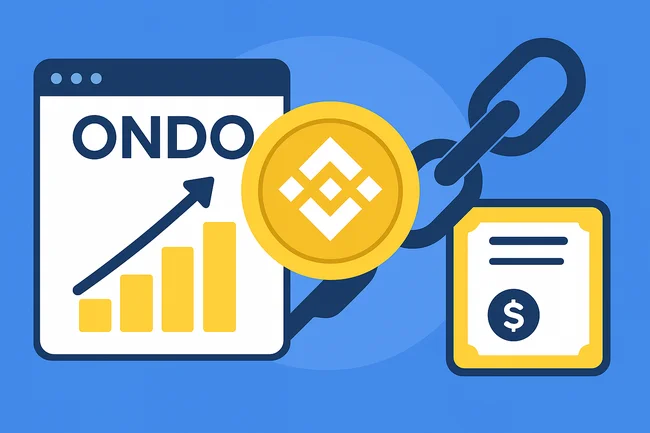Lightweight Layer Protocol refers to a framework designed to enhance the interaction between different blockchain layers, particularly in terms of scalability and efficiency. Instead of relying solely on the main blockchain for processing transactions, this protocol allows secondary layers to handle various functions. By offloading certain tasks, such as executing smart contracts or managing transactions, the main layer can focus on security and data integrity. This separation can help reduce congestion and improve transaction speeds, making the overall system more responsive.Lightweight Layer Protocols often use a minimal amount of data to communicate between layers, which conserves bandwidth and reduces computational overhead. This efficiency is especially important for decentralized applications that require fast, reliable interactions without overwhelming the network.In summary, this protocol facilitates a more efficient use of blockchain resources, allowing for greater functionality and improved user experiences.

Ondo Global Markets Expands Tokenized Stock Platform to BNB Chain
Ondo Global Markets, a tokenized stock and exchange-traded fund (ETF) platform, has expanded its operations to BNB Chain, one of



